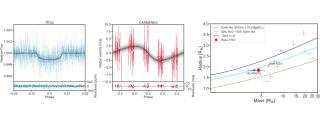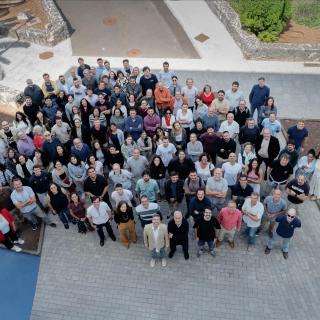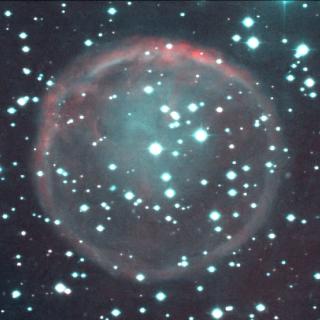Two astronomy networks are coming together to form the OPTICON-RadioNet PILOT (ORP), the Europe’s largest ground-based astronomy collaborative network that it will provide scientists with access to a wide range of instruments, promote training for young astronomers, and open the way to new discoveries. With €15 million in funding from the H2020 programme, the CNRS will coordinate the project, together with the University of Cambridge and the Max-Planck Institute for Radio Astronomy. The Instituto de Astrofísica de Canarias (IAC) participates with its observatories and in instrumental development projects.
As our knowledge of the Universe advances, astronomers increasingly need a range of complementary techniques in order to analyse and understand astronomical phenomena. As a result, the European Union has decided to bring together the optical and radio networks OPTICON and RadioNet, who have successfully served their respective communities over the past twenty years, to form Europe’s largest ground-based astronomy collaborative network: OPTICON-RadioNet PILOT (ORP).
With €15 million in funding from the H2020 programme, the ORP network brings together some twenty telescopes and telescope arrays and is intended to harmonise observational methods and tools for ground-based optical and radio astronomy instruments, as well as to provide researchers with access to a wider range of facilities, building on the success and experience of the OPTICON and RadioNet networks.
The new programme will make it easier for the astronomy community to access these infrastructures, as well as provide training for new generations of astronomers. The project will also provide an opportunity to further develop European integration in astronomy, and develop new scientific opportunities for astronomy research across Europe and globally.
The ORP will in particular foster the development of the booming field of what is known as multi-messenger astronomy, which makes use of a wide range of wavelengths as well as gravitational waves, cosmic rays and neutrinos. Removing barriers between communities by harmonising observation protocols and analysis methods in the optical and radio domains will enable astronomers to work better together when observing and monitoring transient and variable astronomical events.
Astronomers from 15 European countries, Australia and South Africa, as well as from 37 institutions, have already joined the ORP consortium. It will be coordinated by the CNRS, together with the University of Cambridge and the Max-Planck Institute for Radio Astronomy. In Spain, the network includes observatories and telescopes represented by the Consejo Superior de Investigaciones Científicas (CSIC), the Centro Nacional de Información Geográfica (CNIG), the Centro Astronómico Hispano Alemán (CAHA), the Fundación Galileo Galilei (FGG) and the Instituto de Astrofísica de Canarias (IAC). The IAC also participates in instrumental development work packages.
Contact at the IAC:
Francisco Garzón López (francisco.garzon [at] iac.es (francisco[dot]garzon[at]iac[dot]es))



